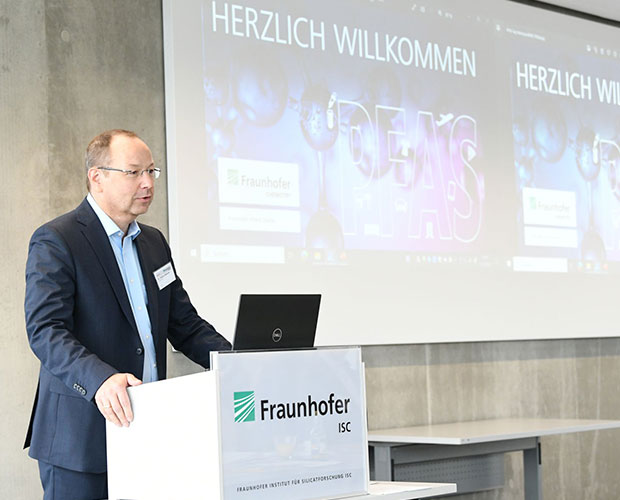PFAS: detecting, removing, replacing
The group of per- and polyfluoroalkyl substances (PFAS) comprises several thousand industrial chemicals used in a wide variety of industrial processes and products. However, in addition to their diverse and sometimes unique technical benefits, PFAS have undisputed harmful effects on nature, the environment and health. For this reason, the European Chemicals Agency (ECHA) has proposed to extensive restrictions on the production, use and supply (including import) of PFAS in 2023. As a result, the search for PFAS-free alternative materials has gained significant momentum in numerous industrial sectors.
The institutes of the Fraunhofer Chemistry Alliance conduct research and development on a wide range of PFAS-related topics, providing a uniquely broad range of expertise
This includes the detection analysis of PFAS substances and their metabolites, their environmental and human toxicological assessment, and regulatory issues. The development of the necessary methods is an important part of our work.
We are also working on concepts, methods and processes for the removal of PFAS from water and the environment, and for the targeted, safe degradation and disposal of PFAS materials.
The need for alternative materials to PFAS in a variety of technical applications and everyday products is currently of great urgency. We support companies in their search for tailor-made substitutes, in the modification and development of suitable materials, and in their testing and evaluation. This also includes issues relating to the adaptation of corresponding manufacturing and processing procedures if PFAS materials are to be substituted by alternative materials.



